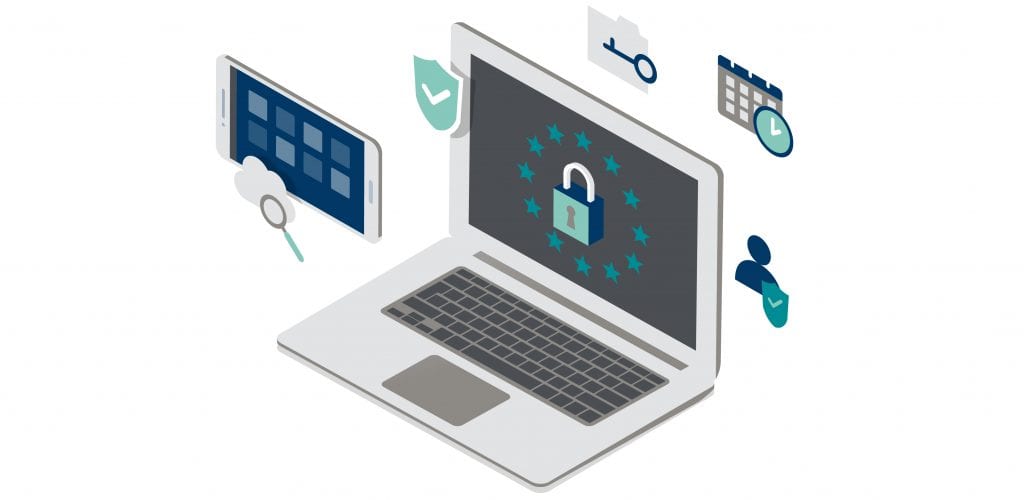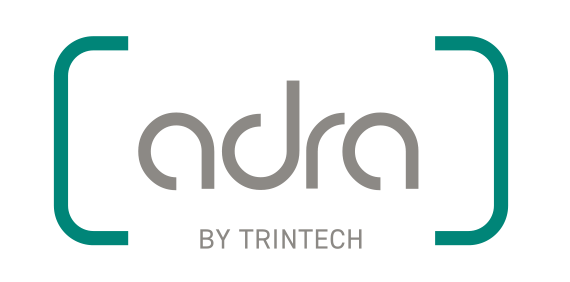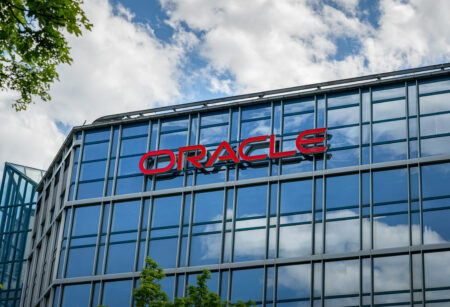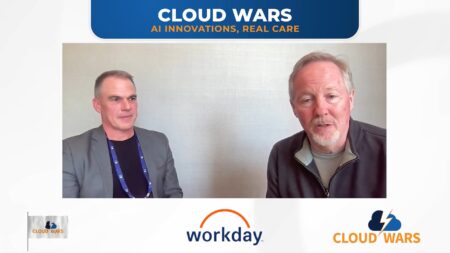As organizations grow, the technology needed to support that growth naturally evolves. Internal systems and back-office teams must keep up with the pace of change and acceleration.
One critical area that businesses must prioritize is an enterprise resource planning (ERP) system. This System of Record serves as the backbone of all financial and – depending on your industry – supply chain and manufacturing data. The goal of an ERP solution is to automate business processes to make the organization more effective and efficient.
This source data in the ERP system is then used across the organization to make timely decisions impacting that company. Accounting teams are dependent on the general ledger information when performing reconciliations to ensure their internal controls are being met, while finance departments are dependent on this data for consolidation, planning, and forecasting.
Organizations are taking advantage of a cloud-based ERP platform, such as Microsoft Dynamics, to help accelerate and solidify internal processes. With a solid foundation in place, companies are then looking at additional efficiencies they can gain by having a robust GL and System of Record to work from. By having a fully optimized financial close framework, organizations can improve visibility and enhance controls.
Improved Visibility
With company growth comes complexity, and complexity brings inefficiencies. This leads to processes that may no longer be a fit for the organization. For example, the method organizations rely on to track and manage tasks during the financial close may become inefficient as the company grows and expands.

You may know what has to be done first, second, and last, but how easy is it to know exactly where you are within the close? Are there bottlenecks that need to be resolved? Is everyone really updating the shared folder as often as they should? Can you accurately predict when the close is going to end and when finance will have certified numbers to move forward with? How often has the VP of Finance pinged the Controller to know when the key accounts or high-risk accounts will be reconciled?
Industry-leading mid-market organizations have already standardized and centralized many of their processes into an ERP system, but their financial close workflows may need more focus. Leading organizations use finance task management solutions to track dependencies, centralize all close tasks, and have a centralized view of the close to complement the centralized data in their ERP. This improved visibility helps to further optimize the close cycle through inspection and adaption over time.
Enhanced Controls
Reconciliations are a key control over financial reporting, so it’s imperative that you’re evaluating all balance sheet accounts beyond the table stakes of a bank to book. What happens when you get a little outside of that tried-and-true reconciliation? Are your processes, templates, and procedures adaptable to manage different variations? These are some key questions to consider as you look to gain control over your financial close.

Best practice dictates that we should have a centralized location to create, maintain, and execute our reconciliations in a repeatable, secure way. This often starts with a simple shared folder but will need to evolve to something more robust as the organization matures and grows. Without a fit-for-purpose system in place, questions may arise about the quality of the controls. How can you verify the GL balance for a reconciliation that wasn’t modified before, during, or after the reconciliation? What happens if that balance is updated after the reconciliation is prepared and signed off?
Having a single location to complete reconciliations provides the foundation for strong controls in the organization; by having comments, notes, rejection reasons, and backup all located in one place – referenceable by auditors or internal teams as needed – organizations can effectively streamline the overall process. This also helps to drive efficiency because each reconciliation after the first has a template in place to easily follow, sign off, and send for preparation.
Adra and Microsoft: Powerful Together
Microsoft Dynamics 365 plays an essential role in the management of daily operations, from customer engagement systems to serving as the System of Record for all finance and operations activity. Microsoft Dynamics helps you enhance your financial decision-making, unify and automate your business processes, and have a strategic impact on the business.
With the breadth of solutions solved by Microsoft Dynamics, there is an opportunity for improvement in the depth of financial close visibility, control, and efficiency. To complement Microsoft Dynamics and help you maximize the value of your ERP investment, Trintech has created an unparalleled, pre-built Microsoft certified connector for the Adra Suite of Solutions.
With Adra’s unified and seamless integration into Dynamics, you can easily automate the parts of your financial processes that would otherwise require human intervention. Even with multiple ERP instances, the Dynamics connector offers near real-time visibility into your financial processes, allowing you to close faster and with more confidence.
Written by: Michael Uram







